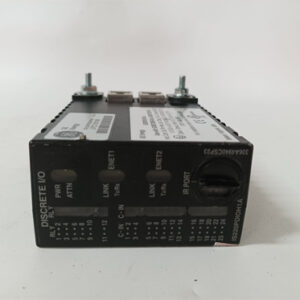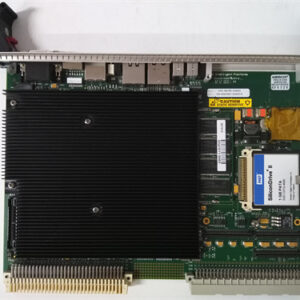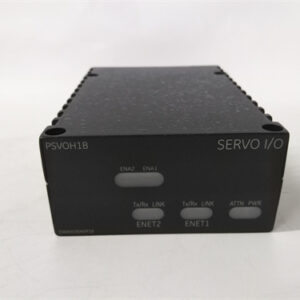الوصف
The GE IC2820A100AR203E is a time delay relay, a specialized electromechanical device designed to perform a switching action after a predetermined period. It’s a key component in control circuits for industrial automation, allowing for sequential operations and protection.
Technical Breakdown 🧠
Unlike a standard relay that operates instantly when its coil is energized, this time delay relay has an integrated electronic or pneumatic timer. When a control signal is applied, the relay’s coil is energized, but the main contacts only change state after the set time has elapsed. This function is crucial for coordinating processes in which timing is critical.
The IC2820A100AR203E is part of the robust IC2820 series, which is known for its durability and reliability in harsh industrial environments. Its primary purpose is to provide a reliable, time-based switching function for lower-current control circuits, which in turn can command a larger device like a contactor or a motor starter. The specific configuration of this model, indicated by its unique part number, defines its precise timing range, coil voltage, and contact arrangement.
Applications 🏭
The IC2820A100AR203E is a versatile component found in a wide range of industrial control panels for:
- Motor Control: Staggering the start-up of multiple motors to prevent a sudden surge in power demand.
- Process Automation: Ensuring that a process step is completed before the next one begins. For example, allowing a pump to run for a set time to fill a tank before a mixer starts.
- Safety and Protection: Providing a time delay for alarms or shutdowns, preventing nuisance trips from momentary faults.
- Sequencing Operations: Implementing interlocking logic and sequential control in complex machinery.
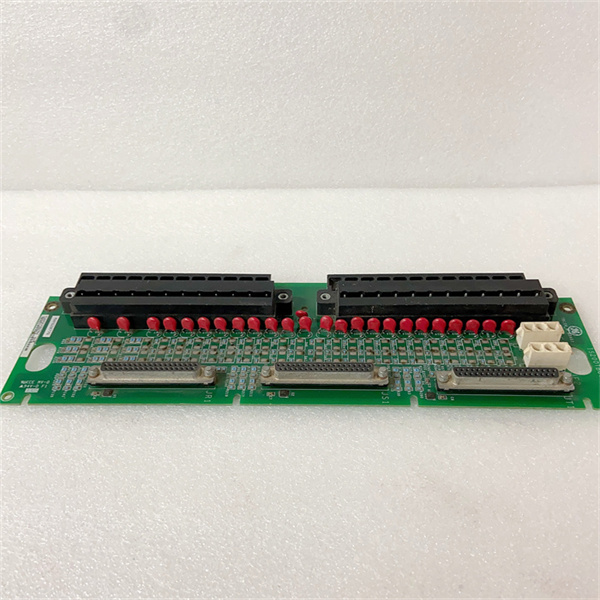

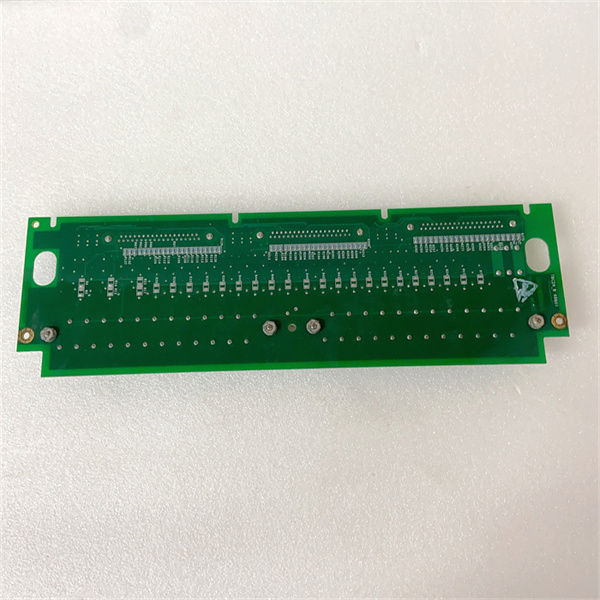

 +86 15340683922
+86 15340683922 +86 15340683922
+86 15340683922
